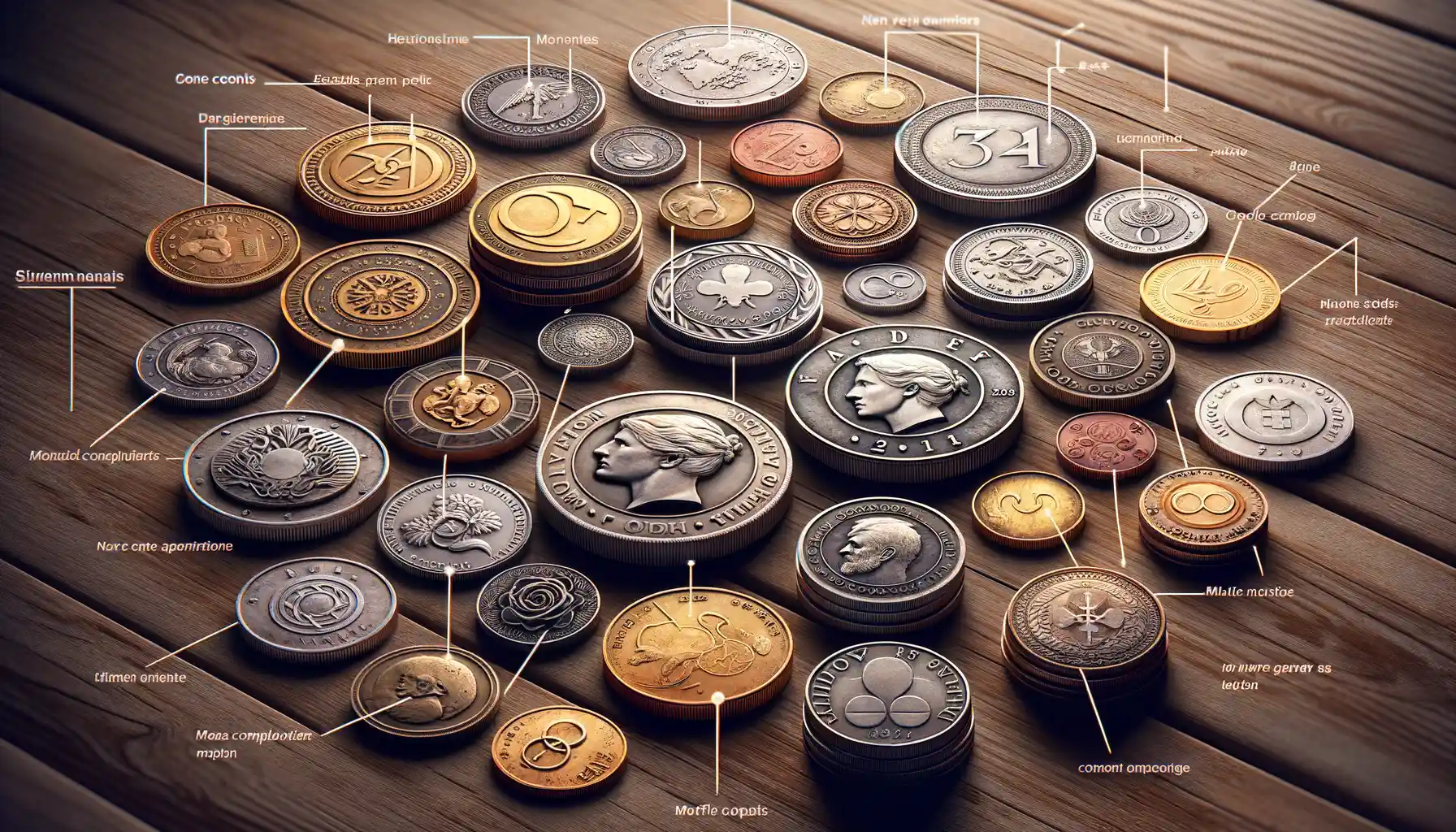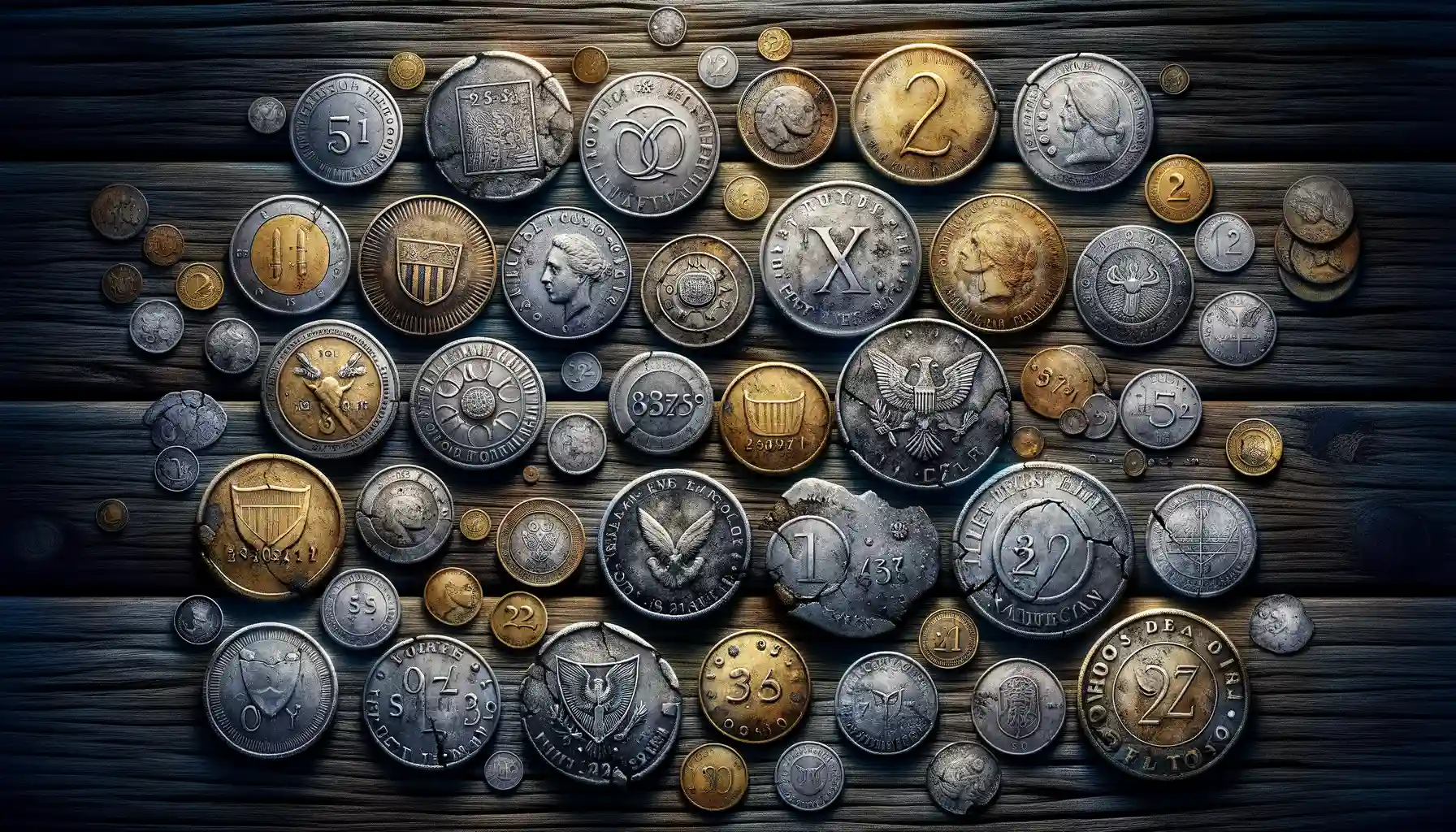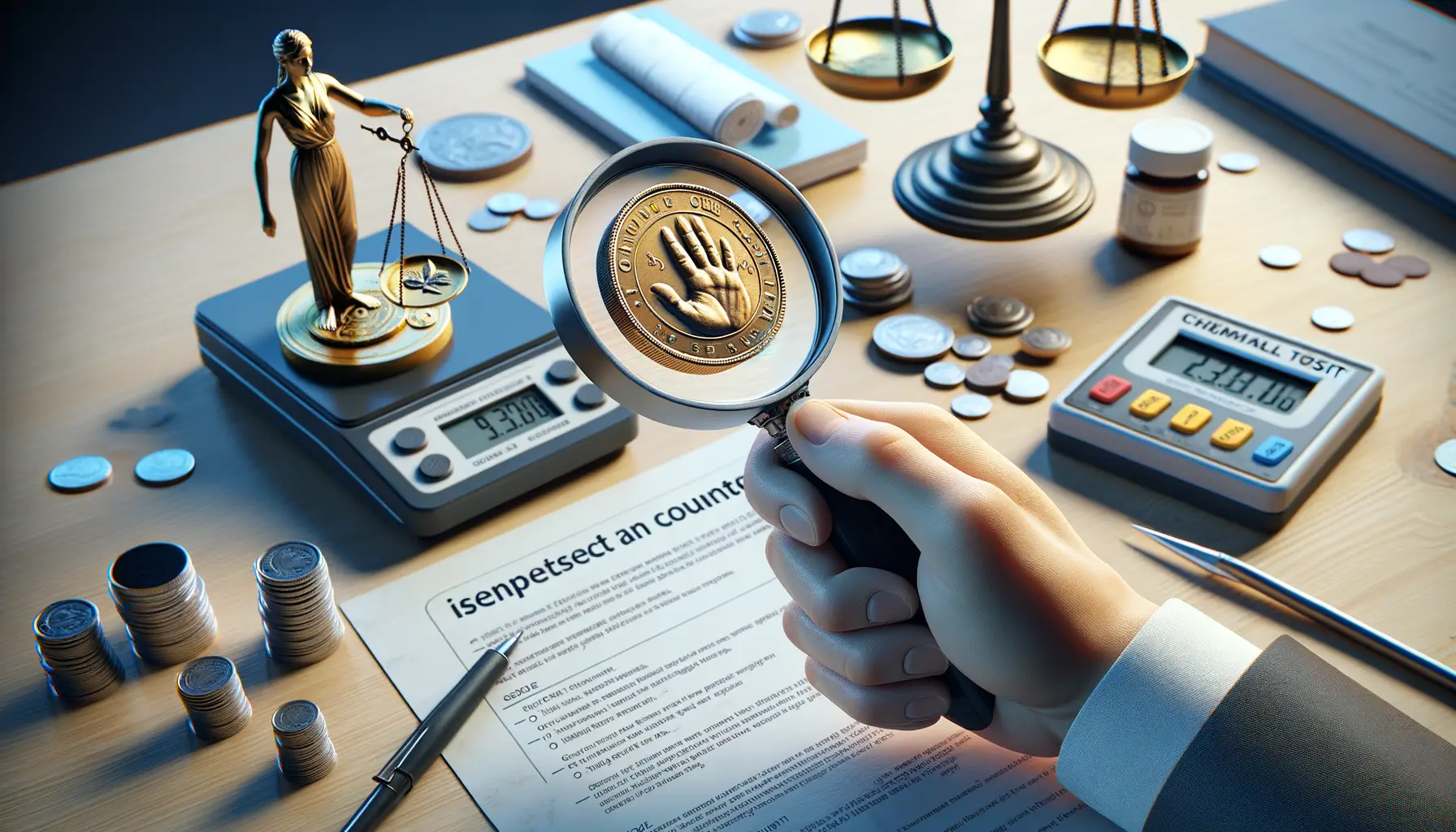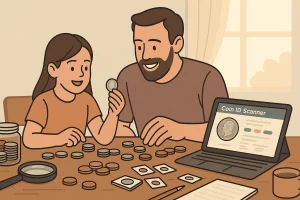Understanding the Basics of Counterfeit Coins
Why Counterfeiting Coins Is More Common Than You Think
Imagine holding a shiny coin in your hand—a piece of history, a symbol of value. But what if that coin, with its perfect gleam, doesn’t belong to the story it claims to? Counterfeit coins are surprisingly common, and their sophistication can fool even experienced collectors.
The reason counterfeiting thrives is simple: greed. It’s about crafting something that *seems* valuable on the surface but is hollow underneath. Some counterfeiters go as far as replicating historic coins, tricking coin enthusiasts out of both money and trust. And here’s the kicker—they often rely on unsuspecting eyes not catching the little details.
The Ingredients That Make a Counterfeit Coin
So, how do these fakes come to life? Counterfeit coins are created using cheaper materials—think copper-coated zinc instead of pure silver or gold. They’re designed to mimic:
- The look—polished to deceive the untrained eye.
- The weight—some feel oddly light, while others overcompensate with imprecision.
- The sound—yes, coins sing! Tap a real silver coin gently; the tone is clear and resonant. Fakes? More of a dull thud.
Each coin tells a story, and if you know what to listen for, your instincts will guide you.
Physical Characteristics to Examine in Coins

Inspecting the Surface: Texture and Color Speak Volumes
When was the last time a coin *felt wrong* in your hand? That gut instinct often comes from its surface. Genuine coins have a certain texture—a smoothness that’s not overly polished, yet not grainy either. A counterfeit might feel slippery, waxy, or oddly rough.
And let’s talk about color. Authentic gold coins shine with a warm, rich glow, while silver coins reflect light with a crisp brightness. A counterfeit might look a little too brassy, dull, or even suspiciously vibrant. Remember, coins are not trying to win a fashion contest—if the color screams “fake,” trust your eyes.
Pay Attention to Weight, Diameter, and Thickness
Every coin tells a story through its proportions. A genuine coin has exact specifications—no excuses. When examining, ask yourself: Does the weight feel off? Is it thinner or thicker than expected? Use a scale if you have one handy.
- Weight: Counterfeits may feel too heavy or too light due to material differences.
- Diameter: Is your coin slightly larger or smaller? Even fractions can expose a fake.
- Thickness: Coins shouldn’t have a “bloated” or flat appearance. Keep an eye on those edges!
It’s like meeting an old friend; you’d immediately notice if they grew taller overnight!
Using Tools and Techniques for Detection

Shining a Light on the Tools of the Trade
Ever felt like a treasure hunter? That thrill of determining whether you’ve struck gold—or stumbled upon a cleverly disguised fake—can feel exhilarating. Enter the world of detection tools, your trusty sidekicks in this adventure! With these, you’ll uncover what the naked eye misses.
Start with a simple yet powerful tool: a magnifying glass or loupe. Examine the coin under 10x magnification, focusing on those tiny details: crispness of inscriptions, defined ridges, and minuscule design flaws. Then there’s the magic of the digital scale; counterfeits often slip up when it comes to weight. We’re talking milligrams here—precision is everything.
Now, let light work its wonders with a UV lamp. Some modern counterfeiters add materials that react under ultraviolet light. Catching that glow? A red flag.
- Calipers: Perfect for measuring diameter and thickness, as many fakes are slightly off-spec.
- Magnet test: Realize the power of magnets! Some counterfeits contain magnetic metals, while genuine coins should not.
Let these tools be your armor, turning you into a counterfeit-detecting superhero!
Common Examples of Counterfeit Coins

Famous Fakes That Coin Enthusiasts Should Know
Counterfeit coins have plagued collectors and history buffs for centuries, and a few notorious examples have earned their place in infamy. Let’s dive into these imitations that fool even the most experienced eyes.
- Love Token Counterfeits: These charming coins, often engraved with initials or decorative patterns, were popular in the 19th century as keepsakes. Today, some forgeries cleverly mimic this style to target nostalgic buyers.
- 1804 Silver Dollar Reproductions: Known as the “King of American Coins,” genuine 1804 silver dollars fetch millions. Forgers churn out replicas to capitalize on this allure, using everything from high-grade alloys to artificial aging techniques.
- Ancient Roman Denarius Fakes: Who doesn’t dream of holding a piece of ancient Rome? Sadly, counterfeiters exploit this fascination by replicating coins of emperors like Nero or Augustus with startling precision.
Modern Tricks Played with Contemporary Coins
Modern coinage isn’t safe either! Some of the boldest fakes include altered versions of everyday coins. For example, a standard penny might be plated in gold to mimic a rare variant, deceiving casual collectors. Another favorite scam involves foreign gold coins—like the South African Krugerrand—made from cheaper materials but polished to dazzle. Even novice counterfeiters sometimes file down modern coins to fake vintage varieties. Tricky, isn’t it?
Steps to Take If You Suspect a Counterfeit Coin

What to Do When Your Gut Says “This Coin Feels Off”
So, you’ve got a coin that’s making your instincts tingle. Maybe its weight feels wrong, or the design looks… well, *off*. First off, take a deep breath—counterfeit coins are more common than most people realize, and there’s a process to handle this.
- Don’t spend it or try to pass it along. Holding onto it may feel risky, but knowingly circulating a counterfeit is illegal in many places. Resist the urge to “just get rid of it.”
- Separate it from your collection or wallet. Put it somewhere safe where it won’t accidentally mix with your other coins. Try a small container or envelope clearly labeled.
- Jot down where you got it. Was it from a shop? A trade? That vendor at the flea market? This info can be valuable later.
Who to Turn to for Expert Help
Still unsure about the coin? Take it to someone who truly knows their way around currency, like a certified numismatist or a reputable coin dealer. They can examine it under professional magnification tools or chemical testers. For coins suspected of being modern counterfeits, report them to law enforcement or agencies like the U.S. Secret Service. In rare cases, genuinely counterfeit coins have historical value—imagine owning a fake coin from centuries ago! Handling it properly could make all the difference.



